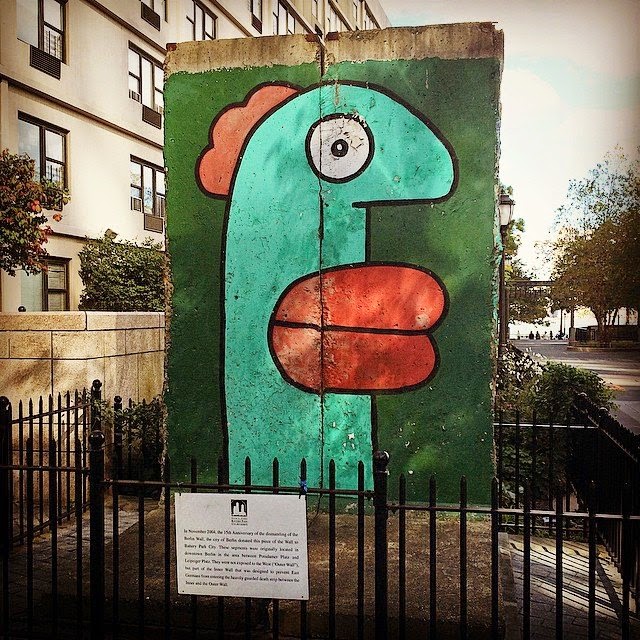This year, working with a local farmer and a facility that could malt the grain down in Nelson County, a total of nearly 700 pounds was harvested and prepared for brewing. Last week Dan drove down to Nelson County to pick it up, and he told me he was going to brew with it this weekend. So I made plans to join him out in the brew-barn for part of the day.
As usual, I checked out the "on tap" board to know what I would be sampling during the work at hand. Both offerings were great, but the Honey Brown Ale was unique in that it used some 25-year old honey Dan had in the basement. The honey originated in Washington state, where his dad had a hive that foraged in a blackberry bramble.
They're calling the new malt 6-row Thoroughbred and I'll see if I can learn more about it in the future. On brew day, Dan had planned a 10 gallon batch of IPA, and he had milled 20 pounds of malt for that effort, matched up with a selection of hops from the backyard hop yard.
I had an important errand to run during the middle of the brew, so I had my obligatory samples and helped stir the mash before checking out for a couple of hours. Dan was using a step-mash approach to fully bring out the fermentables. The effort involves a couple of pauses where the mash rests at temperature to ensure that its productivity is maximized.
When I got back to the brewery, the boil was just getting underway. We walked through the hop additions - five of them, shown in order in the photo below. All of the hops used in this brew were grown on the property - so between the well-supplied water, hops, and Luray-grown barley, this was a mostly local product.
I suppose the brew club will need to get to work on developing a local yeast strain now. When they do, we'll have all of the major ingredients underway locally in Page County.
Our friends at Wisteria ferment one of their varieties with the yeast that comes in with the grapes from the field - so we know it's possible. And I've heard rumors that at least one member is working on it. In any case, there is a strain that has been isolated down in Richmond - we could brew with that one and have a Virginia-centric product, progressing gradually to our goal of a beer produced entirely from Page County ingredients!
 Moving on to the true brew nerd portion of the post - Dan pulled samples of the wort as it progressed through the mash, all the way up until he started the boil. We tasted each of them, from the sticky sweet, oatmeal flavored first pull through to the light amber of the final bit.
Moving on to the true brew nerd portion of the post - Dan pulled samples of the wort as it progressed through the mash, all the way up until he started the boil. We tasted each of them, from the sticky sweet, oatmeal flavored first pull through to the light amber of the final bit. He measured gravity after the boil, before pitching the yeast, and it read 1.060. Assuming the fermentation progresses normally, the target is 6.3% ABV. Calculated IBU measurement is 64.
Ready in five weeks, I guess!



































